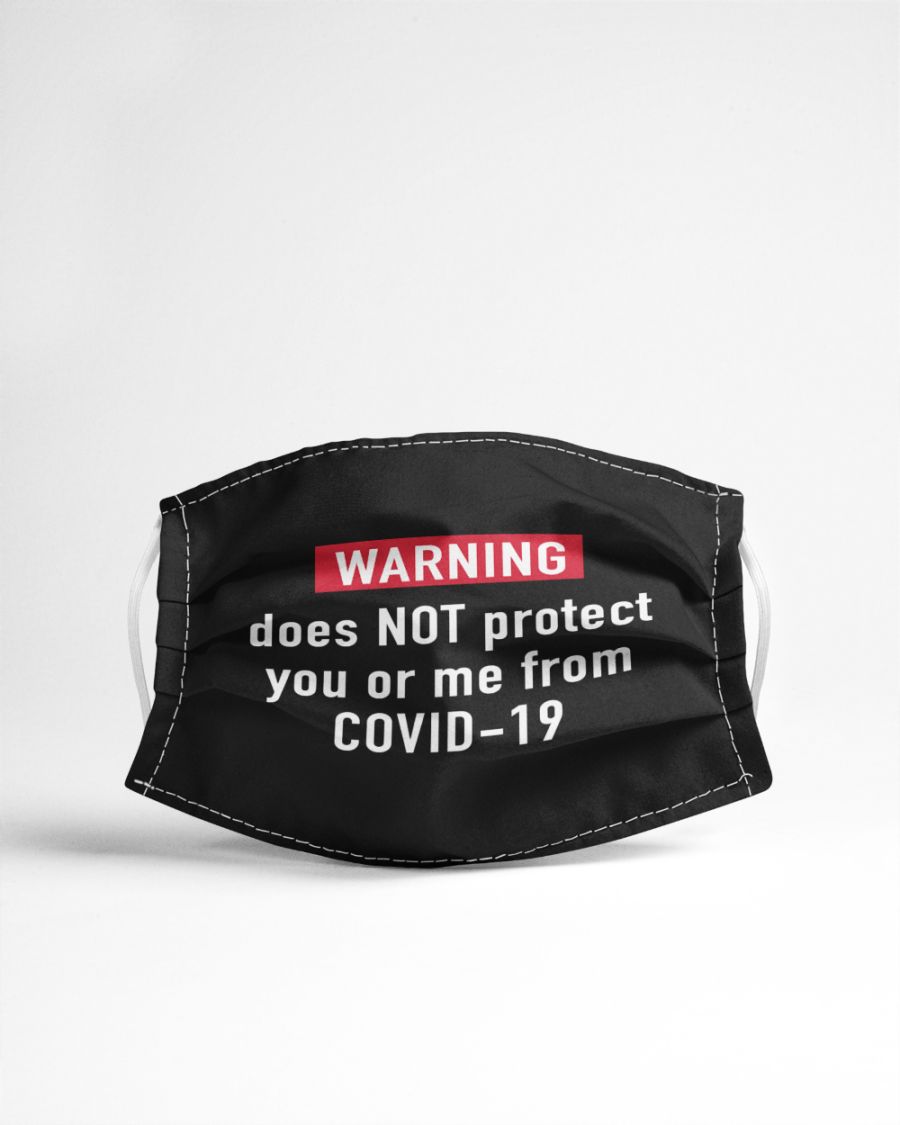Where to buy : Otter Get Naked Unless You are Just Visiting Don’t Make It Weird Poster
where do plastic microfibers come from?
The yarns in our apparel are made from filaments which are twisted collectively. All through washing (with the outcomes of water, friction and abrasion, and detergents) those filaments shed. Various kinds of textile shed greater than others. A tightly woven cloth with tightly twisted yarn (one that feels flat and clean) sheds below a loosely woven material with loosely twisted yarn (one which feels fluffy or fuzzy). “everything from the best of the raw fabric input to the quality of the processing equipment to the ability and competencies of the mill is going to affect the excellent of a fabric and therefore its shedding,” talked about Stephanie Karba, an environmental researcher on the outside-garb maker Patagonia. “We’ve additionally discovered that partnering with a fine mill and working with a superb yarn can cause a higher, greater durable material that sheds less.” Patagonia, which has staked its tent on sustainability claims, has purpose to get forward of this: synthetic fleece is one of the greatest shedders, which is why Patagonia recommends spot-cleaning its fleece most of the time.
among fabrics, synthetic fleece is without doubt one of the greatest microfiber shedders in laundry. Picture: eugenesergeev/iStock
One advantage solution to the microplastics difficulty is to purchase clothing made with herbal fibers—rather than polyester and nylon—on every occasion feasible. But “the swap to herbal apparel, which is among the most promoted options [to the microfiber pollution problem] that I’ve considered, is not in reality an answer because it’s no longer that essential,” stated Sam Athey, an environmental chemist and PhD candidate at the tuition of Toronto Rochman Lab. She defined that even textiles labeled “a hundred% herbal” can include up to 30% chemical additive with the aid of weight, commonly applied for stain resistance, water repellency, fire retardancy, and antimicrobial houses. Until a garment says it’s fully untreated, “on account of considerations with transparency within the textile trade, you don’t always understand what chemicals your garb includes.”
“The subject is that no longer only are those chemicals toxic in themselves, and that these fibers might also act as transport vectors to raise the chemical compounds to the environment, but these chemical substances can additionally affect how long these fibers are in the atmosphere, in order that they lengthen their persistence. One of the most big problems with plastics is that they last so lengthy within the environment. Neatly, in case you alternate these herbal fibers to make them more persistent within the environment, they additionally turn into an issue,” Athey talked about.
for this reason, rather than just switching to “natural” fibers and calling it a day, it makes sense to find ways to reduce microfiber shedding in laundry. And laundry isn’t the simplest wrongdoer. We now comprehend that our clothing sheds microfibers fairly a good deal consistently, just via being worn. Although scientists first discovered artificial microfibers in the ocean (which pulled the focal point to the have an impact on of laundry), greater fresh research now suggests that our outfits shed almost as many microfibers into the air.
but for many individuals, it’s more straightforward and more practical to seize microfiber pollutants via altering laundry practices than by, say, going nude. So we’re focusing on what occurs in the wash.
the place do the fibers in our clothes emerge as?
Wastewater remedy is helpful at catching microfibers that come out within the wash; some can catch as a whole lot as ninety eight% of them. however experiences display that as a result of the big extent of water that a wastewater remedy plant strategies each day, a big quantity—sixty five million microplastics per center per day, in response to one analyze—nevertheless makes its approach into the atmosphere. Once there, the microplastics movement up the marine food chain or are taken up into plants via soil. Given that microplastics don’t biodegrade and are impossible to recuperate once launched into habitats, the issue is simply growing.
Even those microfibers that water remedy does capture might also become returned within the ambiance, as happens in California, in line with a drawing close look at of microfiber toxins by using the character Conservancy and UC Santa Barbara. In that state, biosolids captured all the way through water medication may well be spread on agricultural land as fertilizer. Alexis Jackson, a marine biologist and collaborator on the examine, noted that through this research, family unit “filtration know-how definitely proved to be greater beneficial in the close time period.” here’s as a result of no depend how helpful a remedy center is, “if they’re taking those byproducts and putting them on land, you develop into extra positive at inserting that pollutant [back] into the ambiance.”
Visit our Social Network: Pinterest, Blogger, and see more our collection.
From: Vietnamreflections store






